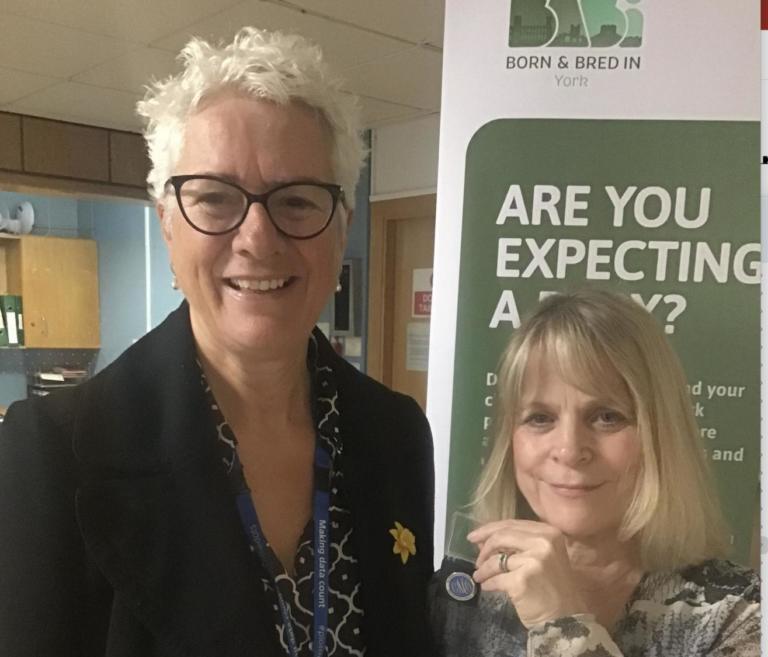
Lots of new gardeners want to grow carrots, I guess because they’re popular and well-known. Another reason may be, as carrots are plentiful and relatively cheap, there’s an assumption that they must be easy to grow. Unfortunately, that’s not the case. Whereas carrots grown on a farm scale can be produced relatively easily, usually with the aid of chemicals unless organic, on a garden scale it’s much more tricky.
There are a number of reasons why carrots are difficult. This is a crop that’s fussy about soil. Most commercial carrot growing takes place on fine, usually sandy or peaty soils. In clay or heavier conditions carrots, especially the longer-rooted types, struggle to penetrate to any depth and may grow gnarled and malformed. A mistake gardeners often make is sowing too early in spring too. Carrot seed is tiny and usually take several weeks to germinate.
All these difficulties, however, pale into insignificance compared to the biggest problem that confronts home growers: carrot fly. If you’ve tried growing carrots without much success it could be this, one of the peskiest garden pests, that’s responsible. With the posh title, Psila rosae it is, as the common name suggests, a small, fairly diminutive, fly. Mature carrot flies don’t directly attack carrots: rather, damage arises from Psila rosae’s breeding habits. Female flies, which are attracted to carrots largely by smell, lay eggs next to the plants. These hatch into creamy yellow grubs, nearly a centimetre in length when fully grown, which bore into growing carrots. This mining, characterised by blackish and rusty brown tunnels, is often very damaging. Affected carrots are difficult to use in the kitchen as so much has to be whittled away to retrieve anything usable. Worse, if the carrots are attacked when the seedlings are small, there may be no carrots at all. Young plants can be totally destroyed by the fly’s activities.
Carrot fly, which can also affect other related crops such as parsnips, celeriac, and parsley, but is generally less severe, is difficult to control on a small scale. If you grow just a few carrots well away from others it’s possible you may not be troubled, but where carrots have been cultivated nearby for years, and especially on allotment sites, there is likely to be a resident population active every year. The only really effective preventative is to use fleece or a similar but stronger material Environmesh to cover carrots completely so the fly can’t get access. Don’t be fooled by those who say an open-topped barrier will do as Psila rosae is a low-level flier unable to get much above one metre in height! There are a number of other approaches that sometimes offer some benefit. Carrot flies have bouts of egg-laying usually in May and August. Sowing in early June can allow an unprotected crop to establish without damage but it’ll still be vulnerable to a later attack. There are also some varieties bred to be resistant, notably Flyaway and Resistafly. I’ve never tried these but it’s wise to remember resistance does not mean immunity.
For more information on carrot fly and how to combat it, the Royal Horticultural Society’s website at www.rhs.org.uk/biodiversity/carrot-fly is a good place to start.











Add a comment